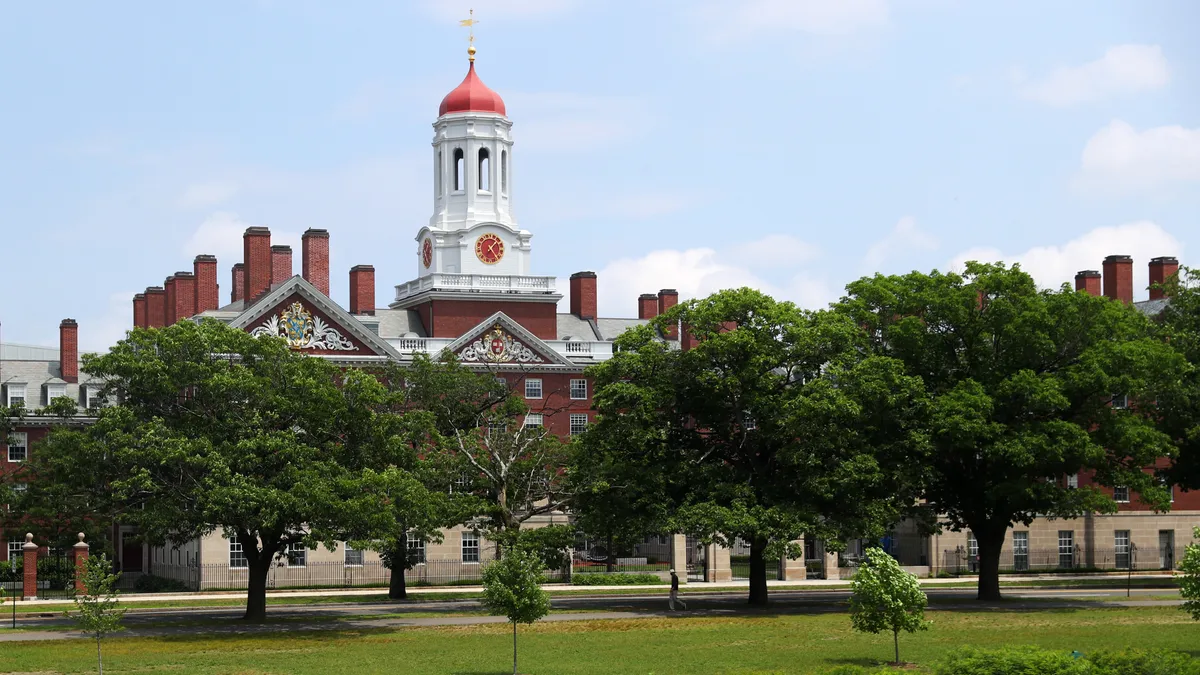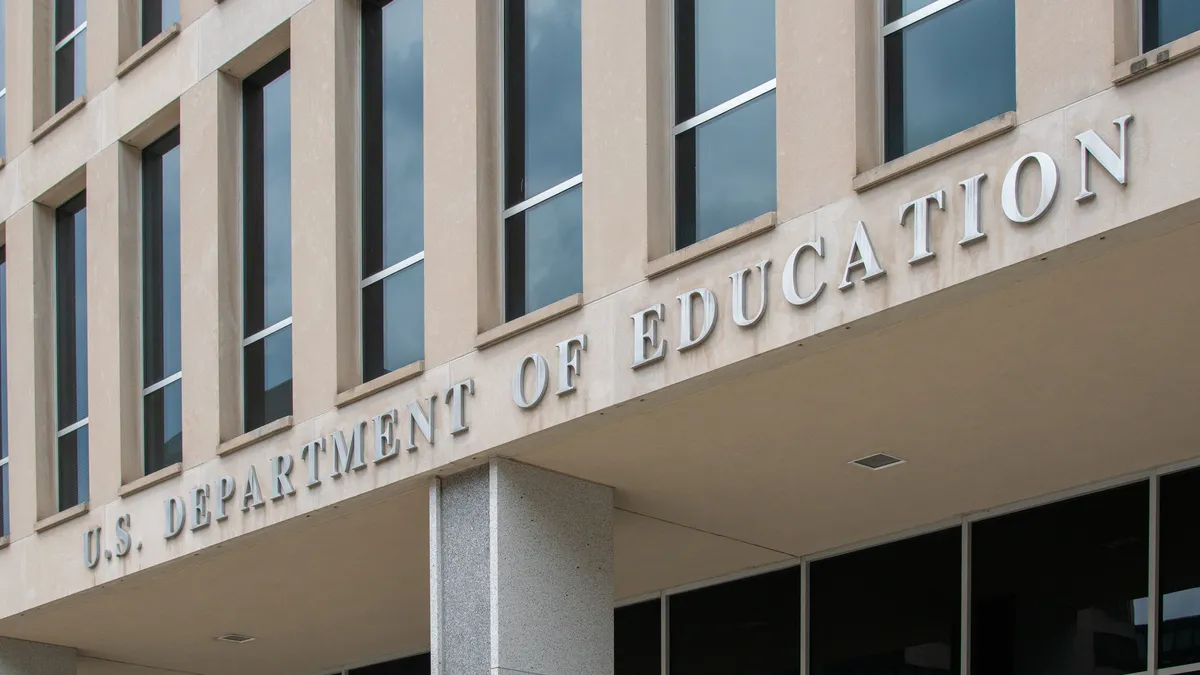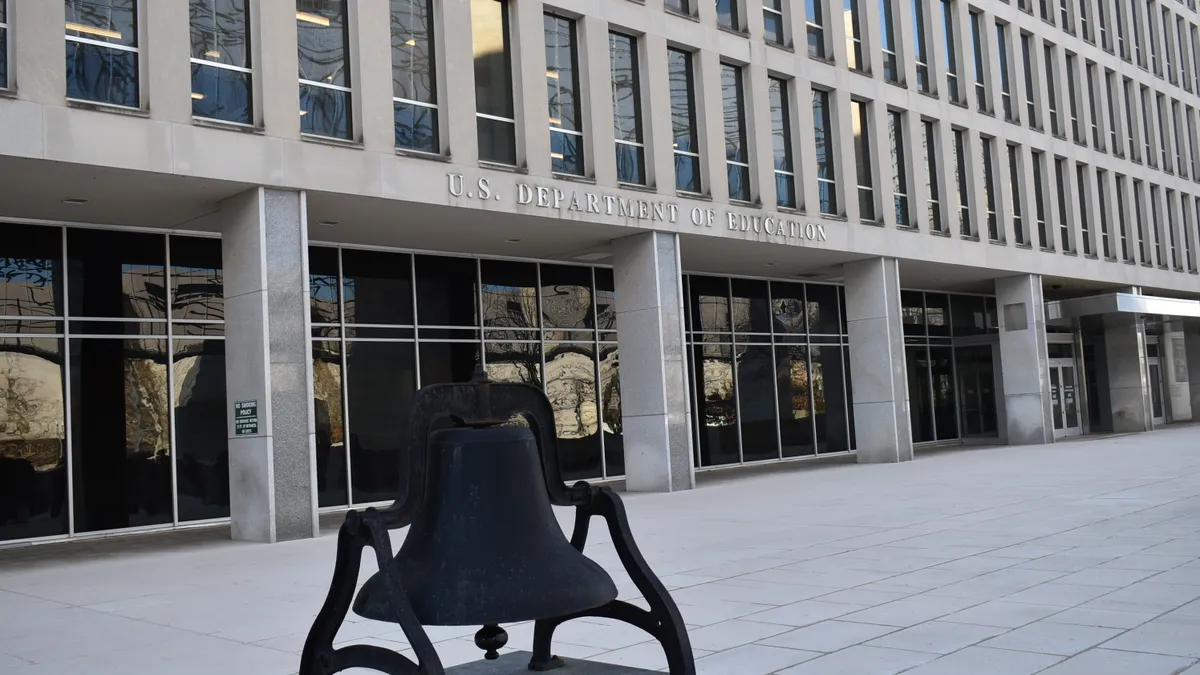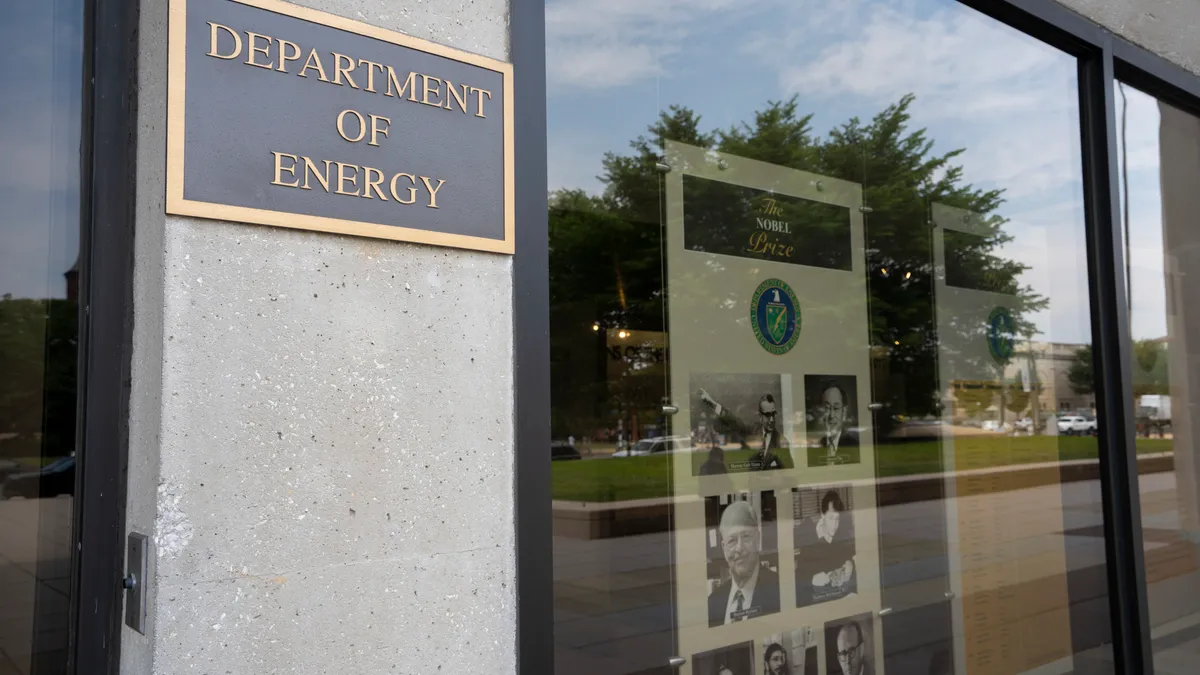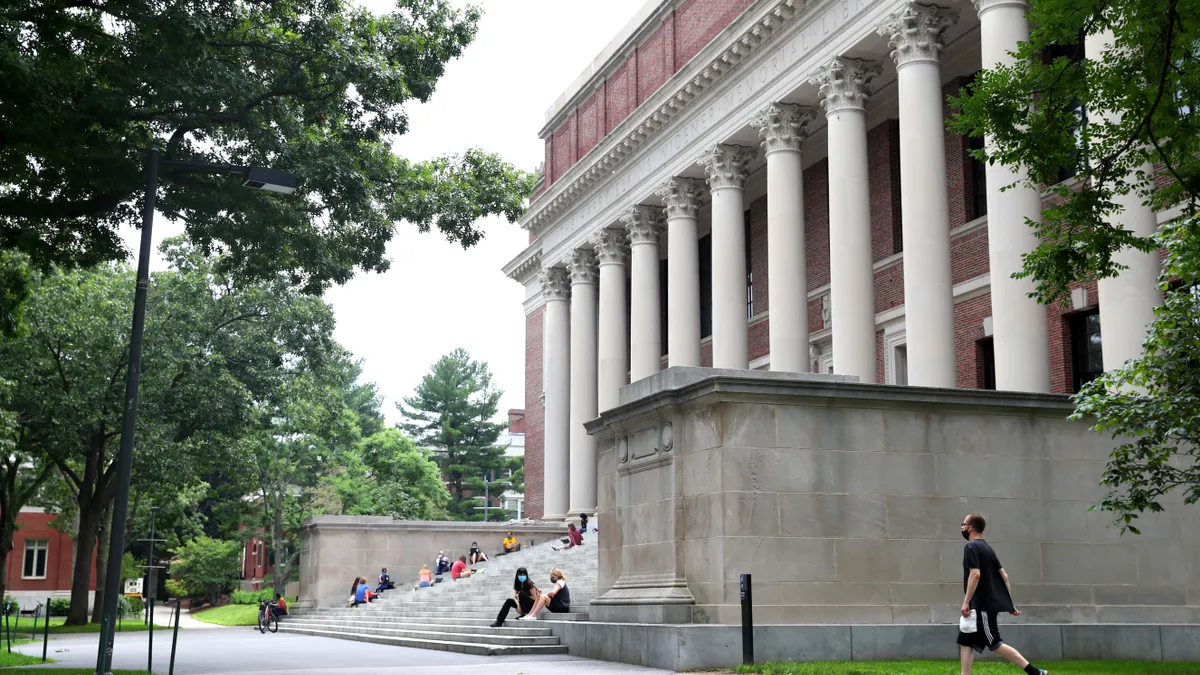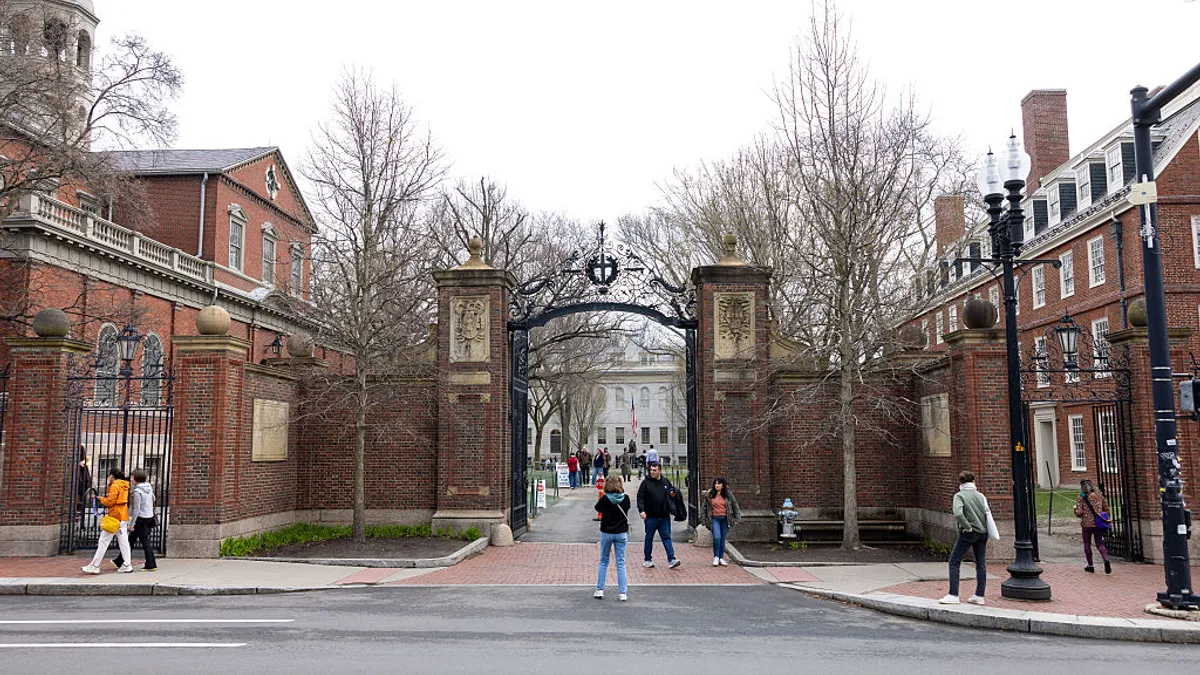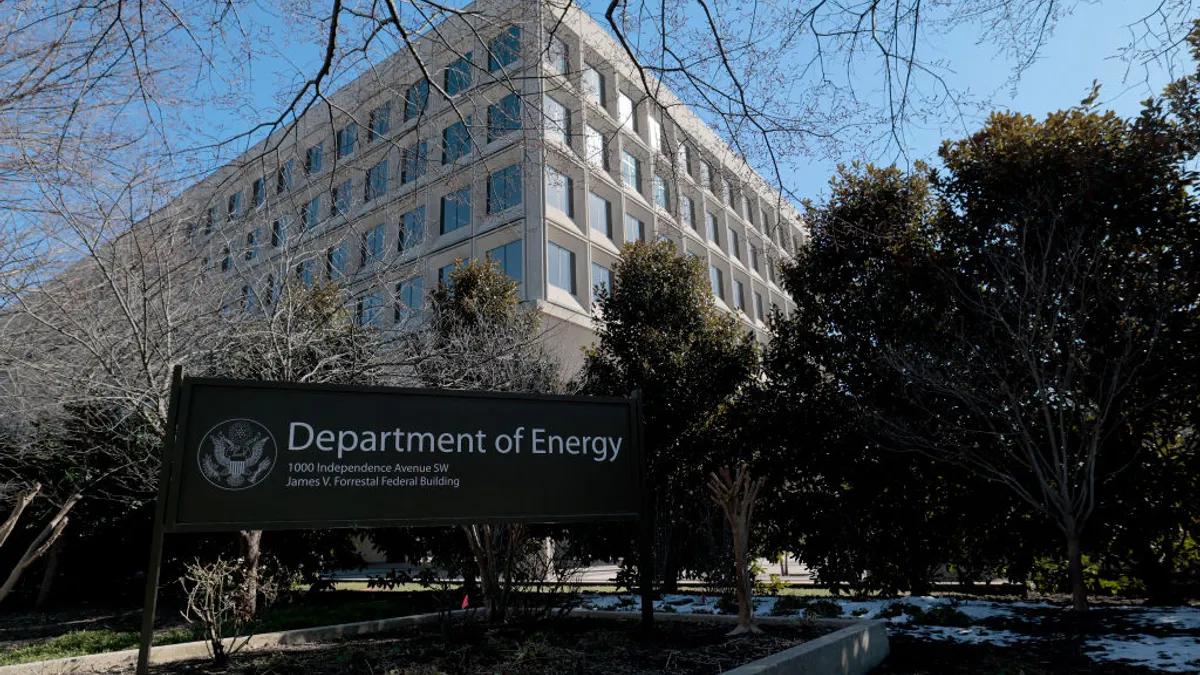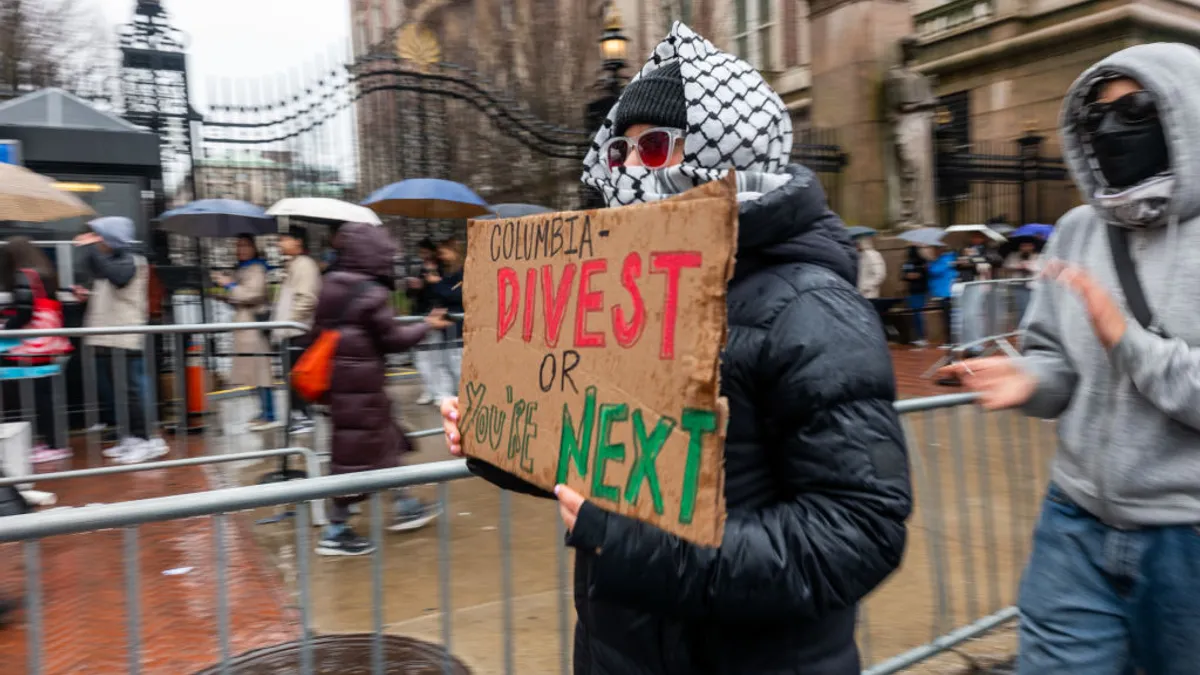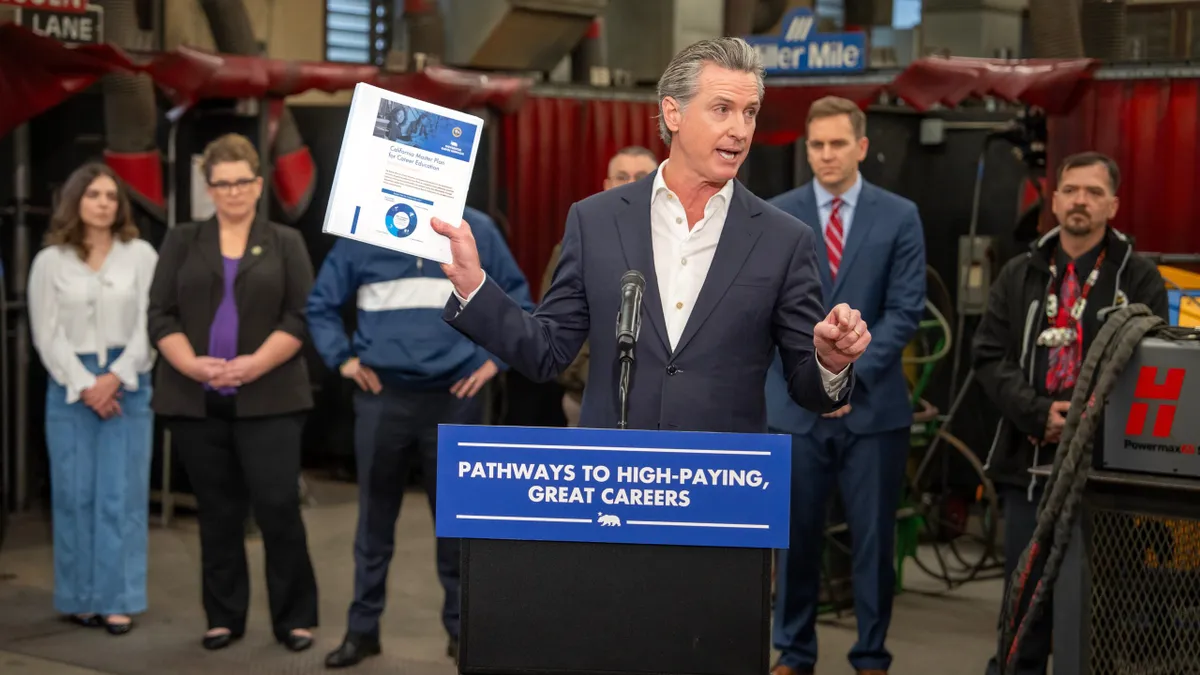So far during President Donald Trump’s second term, the administration’s primary financial impact on higher education has been cutting funding to institutions and the sector.
However, more financial pain could be coming in the form of outgoing funds. Trump and Republicans in Congress have floated proposals to make colleges pay the government, including through substantial expansions of a tax on college endowments.
If passed, such a tax would fundamentally alter the relationship between the government and many nonprofit colleges, as well as between those institutions and their donors. Moreover — and perhaps more importantly as a practical reality — such a tax could land hard on students, research programs and college operations.
“We simply believe that it diverts resources away from school missions,” Liz Clark, vice president for policy and research at the National Association of College and University Business Officers, said of endowment taxes.
An ‘attack’ on colleges’ tax-exempt status
A Republican Congress passed the first excise tax on college endowments in 2017, during Trump’s first term. The 1.4% rate affects colleges with 500 or more tuition-paying students and at least $500,000 in endowment funds per student.
That tax’s scope has affected relatively few institutions — roughly 50 to 55, noted Tim Yates , president and CEO of Commonfund OCIO, an investment management service for nonprofits.
Those few dozen colleges are among the wealthiest in the U.S. For example, Harvard University’s endowment, the largest in the country and often a target for proponents of endowment taxes, paid about $44 million in taxes and other fees in fiscal 2024.
“The reality is in 2017, when that 1.4% tax was being floated around, there was in some ways a relatively higher sense of preparedness,” said George Suttles, executive director of the Commonfund Institute. “There was communication across higher ed about, ‘How do we absorb that? How do we communicate that to donors and other stakeholders?’”
The sector might have been prepared, but that doesn’t mean it was happy about the tax. The head of NACUBO at the time called it “an unprecedented and damaging attack on the tax-exempt status” of institutions. NACUBO continues to oppose any endowment tax.
Recently, some Republicans have been pushing for a substantial increase to the tax, which they could include in Congress’ upcoming budget reconciliation process. Reconciliation bills can pass the Senate with a simple majority, avoiding a filibuster that would need 60 votes to overcome.
"It's pretty simple math. You're either gonna have to earn more or spend less."

Tim Yates
President and CEO, Commonfund OCIO
A list of House policy priorities, leaked in January, included the possibility of raising the endowment tax to 14% while keeping the $500,000-per-student parameter. The document estimated the change would raise $10 billion in 10 years.
Other proposals would jack up the tax rate even higher. A bill that House Republican Troy Nehls, of Texas, introduced in January would increase the tax to 21% — the same rate that for-profit corporations pay.
“Elite private universities have accumulated and sit on massive university endowments and pay a tax less than 2% on the investment earnings of their endowments, which is far lower than what most hardworking Americans pay in taxes,” Nehls said in a statement, adding that institutions have “significantly increased tuition on America’s youth” beyond the average inflation rate.
At least one proposal sought to cut the endowment value per student threshold by more than half, to $200,000 per student, which would force more colleges to pay the tax. As a senator, Vice President JD Vance introduced a bill in 2023 that would have levied an even higher tax — 35% — on any endowment valued at over $10 billion.
Many institutions with much lower profiles than the Harvards of the world could get taxed if lawmakers broadened the threshold for paying, Jason Delisle, a senior nonresident fellow with the Urban Institute, noted during an American Council on Education panel in February.
“There are a lot of small private liberal arts colleges that would be affected if they expanded that tax because they're small,” said Delisle, who previously served as a resident fellow with the conservative American Enterprise Institute.
Higher taxes on investment earnings could drive more aggressive strategies at endowments to offset the levy.
“It's pretty simple math. You're either gonna have to earn more or spend less, and the only way to earn more is to increase the risk profile in some way,” Yates said. He pointed to a range of possibilities, such as putting more money into equities or investing in fixed-income instruments, such as bonds, with higher credit (and hence default) risks.
“It's called risk for a reason,” he added. “With risk comes potential volatility. Investment committees would have to do a lot to think through.”
‘The value of what endowments do’
The bigger worry for industry watchers is that increased endowment taxes would siphon value from the funds and ultimately drag on the functions they support.
“In our view, it’s really important to continue to protect the value of what endowments do for higher ed,” Yates said. “And we have to keep in mind that without any tax, what endowments have to do is a pretty tough job.”
That job consists of spending to support current operations while keeping ahead of inflation — which in the higher ed world is typically steeper than in the general economy — to support future generations.
“You are undercutting your future and perhaps diminishing what's available year after year over time rather than enabling institutions to know that they have a steady, reliable stream of funding,” Clark said.
Every year, NACUBO and Commonfund examine the value of endowments and what they do on college campuses. Their latest study found nearly half of endowment spending — 48.1% — went toward student aid.
Some of the top colleges in the country rely on endowment spending to heavily subsidize tuition, in the form of institutional aid, for students with lower incomes.
Colleges spend the largest share of endowment funds on student financial aid
Other research shows the growing importance of institutional aid provided by colleges overall. In a 2024 study, the College Board found institutional grant aid for students rose by nearly $20 billion over a decade after adjusting for inflation. By the 2023-24 academic year, institutional grants reached $82.8 billion, accounting for 52% of all grant aid. That’s up from 41% in the 2013-14 academic year.
“Everybody wants the college to be more affordable,” Yates said. “Endowments work to do that.”
Along with student aid, colleges allocated another 17.7% of endowment spending for academic programs and research, and 10.8% went to endowed faculty positions, according to the NACUBO-Commonfund study.
To NACUBO, an endowment tax represents “resources that otherwise would go toward teaching, research and public service faculty at colleges and universities,” Clark said. “Our preference would be that Congress takes the opportunity to dial back the tax.”
As Moody’s analysts explained in a recent report, a higher or expanded endowment tax could force many colleges to “reexamine their endowment draw policies, fundraising approaches and asset allocation strategies to preserve the spending power of their endowments.”
They added that some, faced with less investment income, might have to cut their financial aid to students or other expenses.
A ‘diminished’ relationship between colleges and donors?
Observers also warned a higher endowment tax could disrupt fundraising by weakening the impact of gifts to colleges.
“Those dollars represent the goals of donors who put their faith in institutions to use their contributions to perhaps provide scholarships or support a specific academic area,” Clark said. “It's unfortunate that Congress wants to diminish that relationship between donors and institutions.”
Asked if a higher tax could discourage gifts to colleges, Clark said, “It's possible that donors might seek more efficient ways to direct their charitable contributions.”
"It's unfortunate that Congress wants to diminish that relationship between donors and institutions."

Liz Clark
Vice president for policy and research, National Association of College and University Business Officers
Suttles pointed to concern that the tax could disincentivize donors by diluting their gifts to colleges.
“What we've been hearing from our colleagues on the higher ed philanthropic side is that there will be a real impact,” he said. “You can’t negotiate and optimize impact with a donor when there's that additional constraint on the ability of the endowment to grow.”
Suttles added, “When you think about the regulatory landscape, and traditionally donor intent being honored, what are the implications of a tax like this potentially compromising, you know, that sacred trust between a donor and an institution?”



